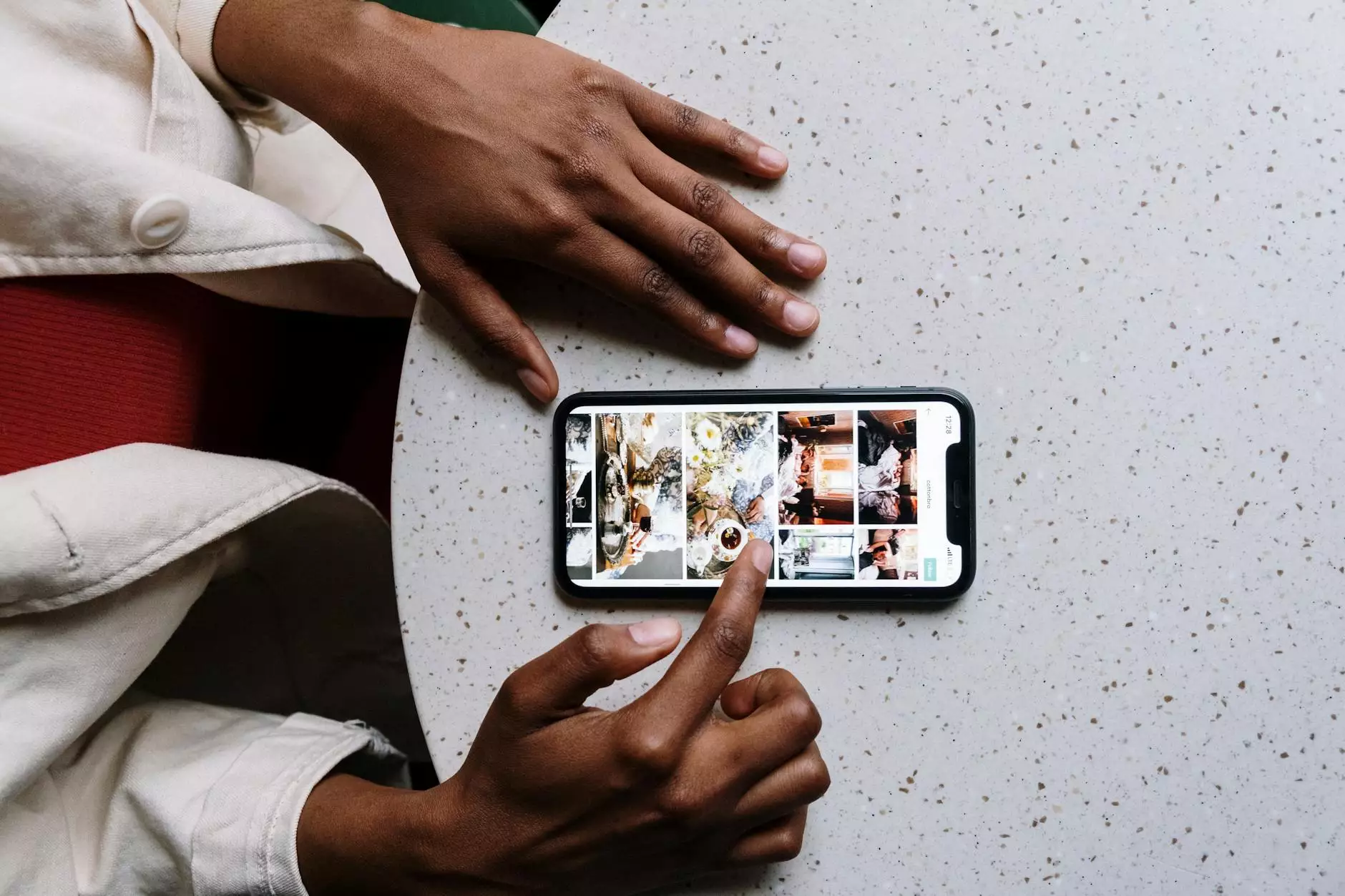Telemedicine and Telehealth: Approaches, Use Cases
Blog
Introduction
Welcome to iBak Solutions, your trusted partner in website development and technology solutions for businesses in the Business and Consumer Services industry. In this article, we will explore the approaches and use cases of telemedicine and telehealth, two transformative technologies reshaping the healthcare industry.
What is Telemedicine?
Telemedicine refers to the practice of delivering healthcare remotely using telecommunications technology. It enables healthcare professionals to provide medical services to patients who are geographically separated from them. Through video conferencing, secure messaging, and other digital communication methods, doctors can diagnose, treat, and monitor patients without the need for in-person visits.
Benefits of Telemedicine
Telemedicine offers numerous benefits for both patients and healthcare providers. Firstly, it improves access to healthcare, especially for individuals living in rural or underserved areas. Patients no longer have to travel long distances to receive medical care, saving time and reducing the burden of transportation costs.
Secondly, telemedicine enhances convenience. Patients can consult with their doctors from the comfort of their homes, eliminating the need to wait in crowded waiting rooms or take time off work. This convenience also extends to healthcare providers who can manage their schedules more efficiently.
Additionally, telemedicine has the potential to reduce healthcare costs. By minimizing the need for physical appointments and hospital visits, it allows for more cost-effective and streamlined care. This benefit is particularly crucial for individuals with chronic conditions who require regular follow-ups and monitoring.
Approaches to Telemedicine
There are different approaches to implementing telemedicine, each with its own set of advantages and considerations. Let's explore some of the common approaches:
Synchronous Telemedicine
Synchronous telemedicine involves real-time communication between the healthcare professional and patient. This approach typically includes video consultations, phone calls, or instant messaging. It allows for immediate interaction, enabling doctors to diagnose and treat patients virtually.
Asynchronous Telemedicine
Asynchronous telemedicine, also known as "store-and-forward," involves the transmission of patient healthcare data to a healthcare provider who will review it at a later time. This approach is commonly used for sharing medical images, test results, or other relevant information. It is useful when real-time interaction is not necessary, and the healthcare provider can assess the data at their convenience.
Remote Monitoring
Remote monitoring involves the use of devices to collect and transmit patient data to healthcare professionals. This approach is particularly prevalent in managing chronic conditions or post-surgery recovery. Patients can utilize wearable devices or sensors to track vital signs, activity levels, or medication adherence. The collected data is then transmitted to healthcare providers for analysis and timely intervention if necessary.
Use Cases of Telemedicine
Telemedicine has been adopted in various healthcare scenarios, improving patient outcomes and transforming the delivery of healthcare services. Here are some notable use cases:
Rural Healthcare
In rural areas, access to specialized medical care can be limited. Telemedicine bridges this gap, enabling individuals to gain remote access to specialists, diagnostic services, and other healthcare professionals. Patients in rural communities can consult with experts without the need for long-distance travel.
Emergency Care
Telemedicine plays a critical role in emergency care by providing remote consultations in emergency situations. Emergency medical teams can collaborate with specialists to diagnose and stabilize patients before they arrive at the hospital. This timely intervention can significantly improve patient outcomes and save lives.
Chronic Disease Management
Managing chronic diseases often requires regular monitoring and follow-ups. Telemedicine empowers patients to monitor their vital signs and share the data with healthcare professionals remotely. This enables proactive interventions, personalized care plans, and timely adjustments to treatment regimens.
Mental Health Services
Telemedicine has also revolutionized the delivery of mental health services. It can provide remote access to therapists, counselors, and psychiatrists, eliminating geographical barriers and reducing the stigma often associated with seeking mental health support.
Conclusion
Telemedicine and telehealth have emerged as powerful tools in improving access to quality healthcare, enhancing convenience, and reducing costs. Through various approaches such as synchronous and asynchronous telemedicine, as well as remote monitoring, healthcare professionals can remotely diagnose, treat, and monitor patients, ensuring continuity of care regardless of geographical limitations. At iBak Solutions, we understand the importance of leveraging technology to transform industries. Contact us today to discover how our website development services can help your business thrive in the rapidly evolving landscape of the Business and Consumer Services industry.




